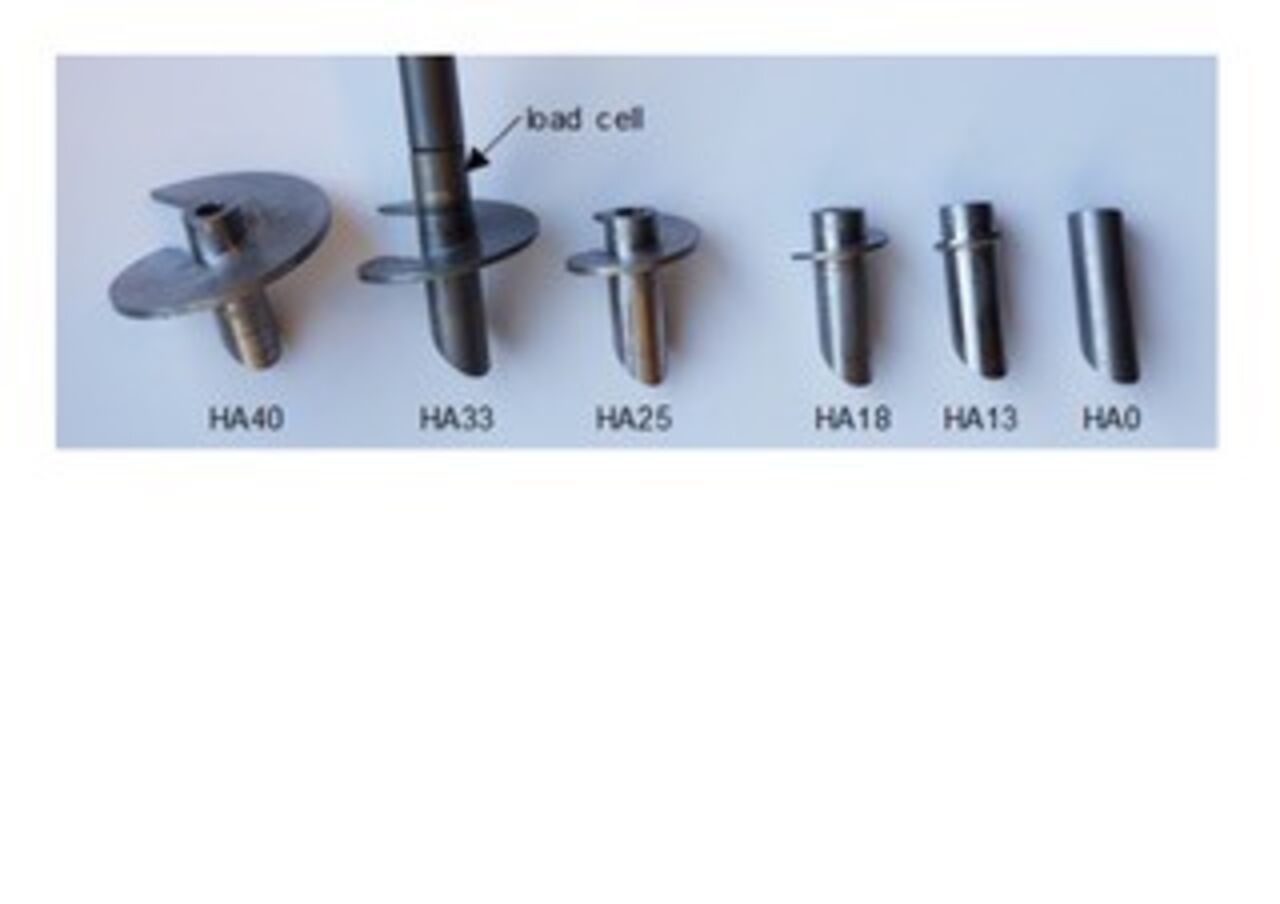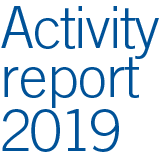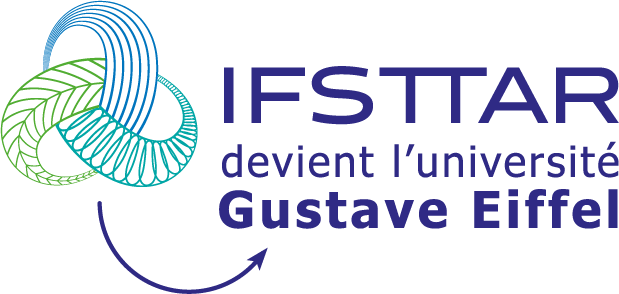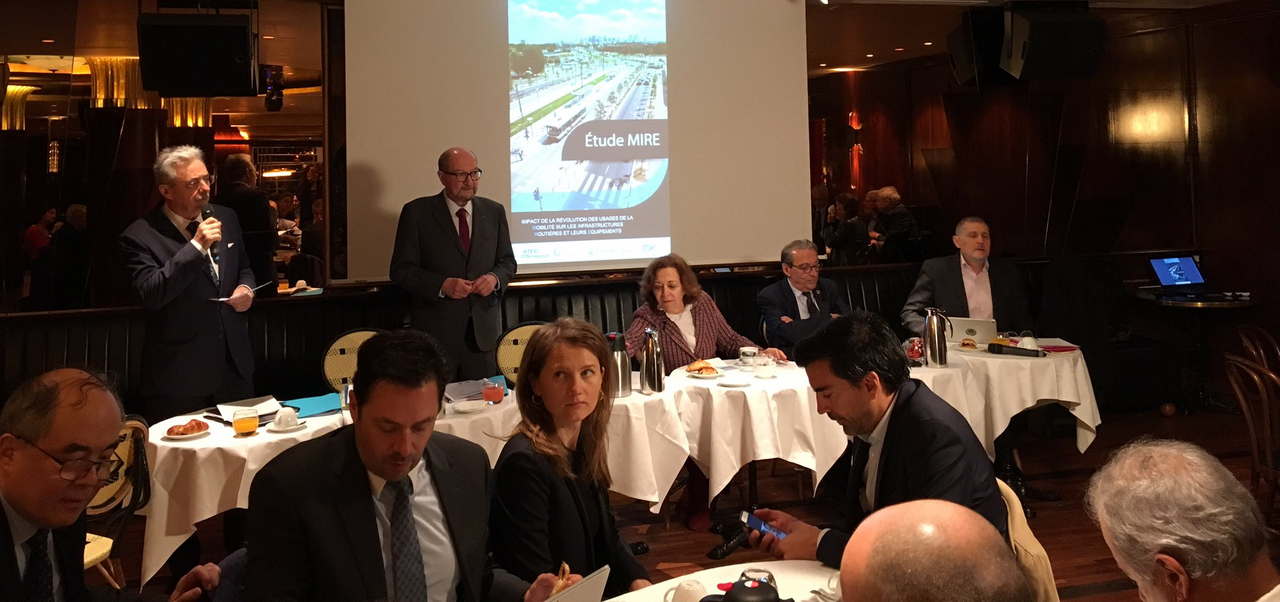Reference

New electricity transmission and production infrastructure
This objective of the COP and Theme 2 is still being very actively pursued and is focused on innovative transport infrastructures, in particular to meet the vital need to limit climate change and reduce CO2 emissions, but also to meet requirements for energy production, storage and transport infrastructures. The 5th Generation Road also includes solutions combining both approaches. In 2019, in view of the growing concerns of network managers regarding the maintenance, evaluation and sustainability of their infrastructure, the MIRE study presented below was conducted for IDDRIM (Institute of Roads, Streets and Infrastructures for Mobility). Proposals aimed at facilitating the construction of underground railways, particularly for the Grand Paris express railway, were studied, such as those aimed at reducing the total thickness of the tracks. Finally, two projects are presented that deal with the production of renewable energy in marine environments.
The MIRE study: the impact of the revolution in Mobility practices on Roads and Road Equipment
The MIRE study has identified a series of challenges facing road network managers. Roads have a use value and a patrimonial value, and they have the potential to offer progress to users if they are managed on the basis of a strategy underpinned by a shared forward-looking vision:
- Maintain the road network in its state of optimal performance at the service of mobility for all, promote recognition of the central role of roads in the architecture of mobility systems, generalise the patrimonial approach and ensure the universality of the road network;
- To meet the need to regulate the use of roads as a public space with a variety of uses, to ensure the diversity and effectiveness of the legislative and regulatory tools proposed to the various project owners and network managers, to promote the coherence and complementarity of the policies implemented by different managers in a given area, for the benefit of both users and areas, and to anticipate changes, transformations or disruptions in the medium and long term in order to guarantee the proper management of the different types of use;
- Revise the foundations of the economic model for the road, optimise public expenditure on roads and modify financing methods to take into account the role of road traffic in the overall system of mobility and freight transport.
Each of the associations that initiated the study promoted MIRE in 2019: a parliamentary breakfast for the TDIE think tank (Transport Development Intermodality Environment), the "Biennale des territoires" ATEC ITS France’s after-work meeting, a special session at the IDRRIM congress...
Behaviour of a bituminous mix under loading from continuously supported rails - a summary of Octavio Lopez-Polanco's thesis
Part of the FUI REVES project (Reduction of Track Thickness in Underground Environments), this thesis was supervised by Thomas Gabet (Advanced Materials for Transport Infrastructures Laboratory (MIT); Department of Materials and Structures (MAST)) and Nicolas Calon (SNCF), supervised by Pierre Hornych (Laboratory for Modelling, Experimentation and Survey of Transport Infrastructures (LAMES), Materials and Structures Department (MAST)). Its objective was to create a very thin railway track, without ballast or sleepers, in order to increase the headrooom in tunnels. The chosen solution is a structure in which the rails are continuously supported by a layer of bituminous mix.
The main deterioration modes of bituminous mixes are fatigue cracking due to the passage of rapid repeated loads, and the accumulation of permanent deformations resulting from heavy static loads. The thesis focused on the creep behaviour of bituminous mixes under static loading. In the REVES project, a class 4 gravel stabilised with bitumen was chosen for the support. A programme of triaxial creep tests was carried out on this material. Based on the results, a viscoplastic behaviour model was developed to simulate the creep behaviour of the bituminous mixes. A simple method for identifying the model parameters was also developed. The viscoplastic constitutive model was then implemented in the Cast3m finite element calculation software and the behaviour of a railway structure corresponding to the specifications of the REVES project was simulated under different loading conditions. These simulations showed that the behaviour of the bituminous mixes was stable over time under the effect of railway loading and that the levels of permanent consolidation in the structure complied with SNCF specifications. The use of bituminous mixes as a structural layer for railway tracks therefore appears to be a viable option for increasing tunnel headroom.
REDENV-EOL Project (WEAMEC 2017-19): Reducing the Environmental & Geometrical Impact of Floating Wind Turbines by using Pile Foundations.
The geometrical footprint of the anchor lines for floating wind turbines is an important issue for the overall acceptability of the technology (because of its impact on navigation). In addition, the movements of the wind turbine are transmitted to the foundations as non-permanent "cyclic" stresses. The purpose of this project is to better understand the operation under repeated loads (tension) of some innovative deep foundation anchors with different geometries (driven pile, helix pile, suction pile, depending on the nature of the seabed (sand or normally consolidated clay)) allowing a reduction in the geometrical footprint of the anchor lines. To this end, a targeted campaign of centrifuge experiments on physical models was carried out in order to observe and understand the behaviour of this type of structure and to build up an experimental database. The results can be compared with existing design methods.
This project was coordinated by IFSTTAR, carried out with the Ecole Centrale de Nantes and financed by WEAMEC (West Atlantic Marine Energy Community) which brings together academic and industrial players involved in research, innovation and training in the field of marine renewable energy in the Pays de la Loire.

Photo credits: IFSTTAR, taken from "Schiavon J.A. 2018. Effect of the helix to shaft diameter ratio on the behaviour of single helix anchors subjected to cyclic loading. Scientific mission report. IFSTTAR USP Partenariat structurant international HELICAL PILE. 108p”.
EMODI project: Offshore Energy Grids Monitoring and Diagnosis
Coordinated by RTE, EMODI is an ANR research project (The safe clean and efficient energy challenge – Défi énergie sûre, propre et efficace) involving Nexans, IFSTTAR, CEA, the University of Nantes and the Ecole Centrale de Nantes. Launched at the beginning of 2015 with a duration of 48 months and a total budget of €2.3M, it deals with export power cables (either laid on the seabed or buried). These are of strategic importance for connecting MRE (marine renewable energy) generating units to electricity transmission and distribution networks. The aim is to manage the operation of the cables over a 20-year operating period, to guarantee the transmission of electricity and limit maintenance. Work focused on sizing and new monitoring methods (preventive and predictive cable maintenance). The Components and Systems Department (COSYS) has developed multi-physical models of cable use (Copper conductor and XPLE insulation). Stressing the copper conductor beyond its elasticity limits, which can occur during manufacture, routing and immersion, leads to mechanical - and consequently electrical and thermal - damage. The link between the mechanical, electrical and thermal behaviour has been demonstrated by multiphysical numerical models and prompted the creation of a decision support method for the immersion process. It is based on tensioning the phases at the end of the manufacturing process and verifying the absence of temperature peaks (related to damage) in the conductor. A model for the ageing of XPLE insulation has been developed to replace long experimental test campaigns. It shows how nano-bubbles of residual moisture attack the insulation under the combined action of mechanical stress and tension in the conductor.




